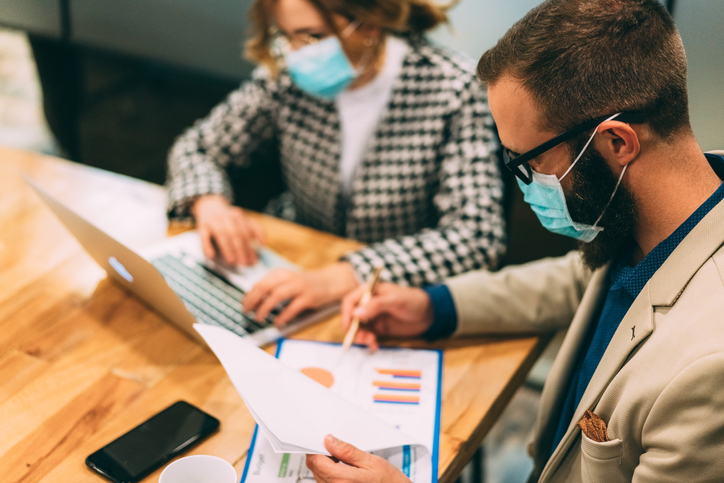Is your Company Ready to Get Back to Work?
In these uncertain times, one thing is for sure – at some point, this pandemic is going to end, and we will all need to get back to work and try to make up for lost business. With the coronavirus on the downward slope, the time to start planning is now. Is your company ready?
There are many questions that HR teams need to discuss, and employees should answer before a plan can be put in place. We call this the Readiness phase of the Workforce Recovery Model.
Some questions for HR teams:
- Will all employees be brought back at the same time, or gradually in phases? If in phases, what is the criteria for how employees will be selected?
- Some organizations may never fully recover and may need to permanently downsize (i.e. airlines, hotels, brick-and-mortar clothing retailers). What criteria will be used to determine which employees will be permanently laid off?
- Will it damage your company’s brand or reputation if you bring employees back too soon?
- Will the workplace be sanitized before employees return?
- Will social distancing continue to be practiced in the workplace, and if so, how will it be enforced?
- Will you take the temperature of returning employees or require a doctor’s bill of good health?
- For employees who are now working remotely, will they be allowed to continue working from home if that is their preference? Will remote work still be allowed for working parents who do not have available childcare? How can you make this fair for all employees, parents and non-parents alike?
- For employees who were laid off or furloughed, will they want to come back?
- Do furloughed employees feel like they were separated in a fair and respectful way?
- Will furloughed employees want to come back? Will they need training to refresh their skills?
- If they don’t come back, what is the plan for hiring and training replacements (new workers)?
Some questions for employees:
- Do you feel confident and secure returning to the workplace? If not, what are your hesitations?
- What has your experience been working remotely?
- Do you have childcare arrangements in place?
- Would you recommend our company to others?
- What suggestions do you have to make our company a better place to work?
- How much confidence do you have in our organization’s mission, leadership and plans for the future?
According to a recent survey by HHB Consulting, nearly 90% of those surveyed said that companies who care for their employees during this challenging time will be the preferred companies to work for in the future. An astonishing 78% of working parents surveyed said that they are finding it difficult to care for children and other loved ones during the COVID-19 crisis, in which the usual resources (i.e. school and summer camps) are not available. Over 80% of all people surveyed said that they will want to work remotely and have flexible schedules in the future.
If you have not had a dialogue with your employees yet, consider issuing a brief pulse survey. HSD Metrics can help your organization establish a good process for collecting and analyzing employee feedback. Our StayRight survey – which includes periodic, short surveys designed for all types of employment arrangements including traditional work, remote, and furloughed – provides a quick and easy solution to gaining employee insights with a robust reporting tool that reflects real-time results. Employee sentiment will be your best guide for a smooth plan to recovery. To learn more about how we can help your organization in these challenging times, please contact us.


